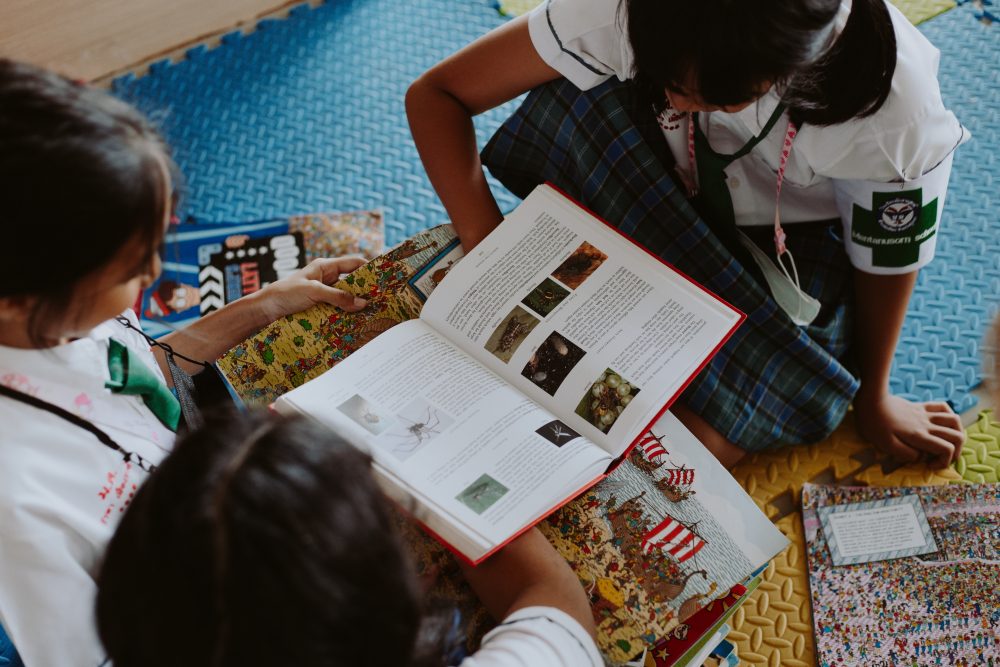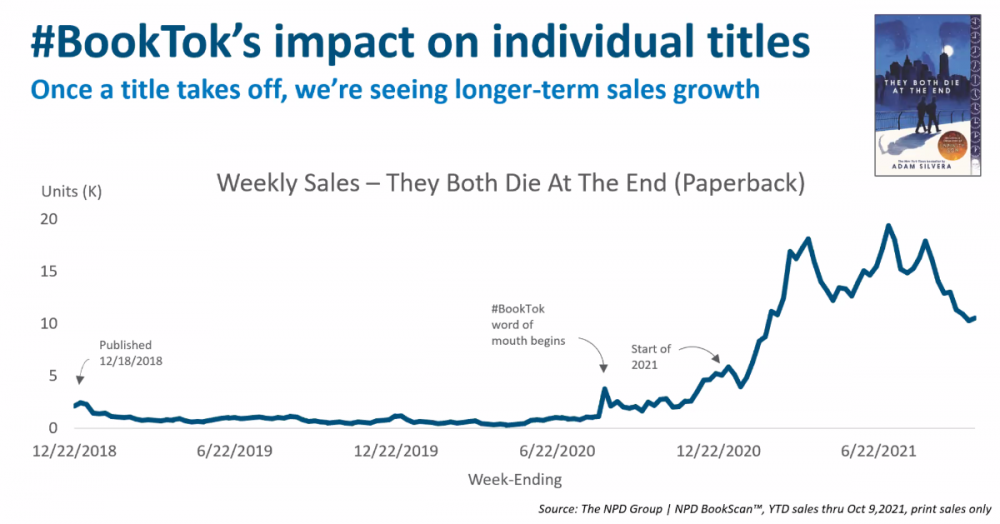
The following article was first published in my paid newsletter, The Hot Sheet.
During the pandemic, the traditional book publishing industry has enjoyed increased sales and profits due to increased demand for books across every category—and especially in children’s categories. In fact, 2020 was a historic year for children’s nonfiction print book sales due to the need for educational materials as well as entertainment at home. Overall, juvenile nonfiction ended 2020 with unit sales up by 23% versus the prior year.
So how about 2021?
In an October presentation to the American Book Producers Association, NPD BookScan analyst Brenna Connor offered an update on the children’s market. Her data was pulled not just from the standard NPD print book sales data (which tracks US book sales through thousands of retail outlets) but also from PubTrack Digital (publisher-reported ebook sales from the top 450 publishers), BookScan license reporting (more on this later), and PubTrack Digital Audio (a new source that tracks the top audio publishers in the US).
While print sales were lower in 2021 than they were in 2020, they remained up over 2019.
Here’s where the numbers sat as of Oct. 2, 2021, versus the previous year.
- Juvenile fiction: +13.7%
- Juvenile nonfiction: -4.2%
- YA fiction: +5.5%
- YA nonfiction +0.2%
Juvenile nonfiction is the only category to decline, mainly because it’s being compared to the historic sales of 2020. If compared to 2019, last year’s print sales for the category were up around 20%.
2021 was all about kids’ fiction—especially series—in terms of growth.
Graphic novels and manga in particular have been driving this growth, partly a result of some series getting adapted for the screen and becoming popular through streaming services. Other popular categories include humorous stories (e.g., Jeff Kinney’s Wimpy Kid series), social themes (driven by poet Amanda Gorman), animals (e.g., I Love You to the Moon and Back and The Little Blue Truck series), and holidays. Series are claiming a greater share of book sales over time, with a 5% annual compound growth rate since 2012. In 2021, a series accounted for two out of every three kids’ books sold.
Middle-grade books (ages nine through 12) are seeing the highest absolute gains in sales. In 2021, middle-grade books sales were up by 5 million units. Examples of popular authors in this category include Dav Pilkey (Dog Man series) and, again, Jeff Kinney (Wimpy Kid). However, books for kids ages 4 to 8 enjoyed the highest sales volume overall, with 88 million units sold in 2021 versus 64 million units of middle-grade books.
YA fiction was up by a third in 2021; growth is tied to BookTok.
Of the 10 YA bestsellers in 2021, two were new titles, one was an older frontlist title, one was a required school read, and the rest (six) were BookTok favorites. Connor says this is the first time NPD has seen a meaningful sales effect through organic social media. While 2020 sales were driven by blockbusters (like the Twilight series or Hunger Games), 2021 saw older titles surface again through BookTok word of mouth. It wasn’t just one sales spike, but long-term sales growth that sustained over the year. Adam Silvera’s They Both Die at the End, released in 2018, has seen 80% of its sales volume happen in 2021.

Nearly one-third of all kids’ books sold today feature a licensed character.
Kids’ licenses fall into two categories: literary licenses and pure licenses. A literary license describes something that started as a book, while a pure license originates outside of the book world, e.g., Disney’s Frozen. Of the top 20 kids’ licenses in 2020 in the US, seven were pure licenses and the rest were literary licenses. The top literary license is Dr. Seuss; the top pure license is Paw Patrol.
What to watch for in 2022
Connor pointed out several growth areas that NPD expects to do well in 2022. They include (1) self-esteem and self-reliance, or books that help children develop skills that allow them to overcome challenges on their own; (2) climate change and conservation, or books that focus on the environment; and (3) friendship and inclusion, or books with a focus on kindness and the value of being a good friend to others.
Demand for all types of books is expected to continue in 2022. While sales may look less favorable compared to 2020, the forecast for kids’ nonfiction remains strong even as people return to work and to school, given concerns that kids have lost ground educationally.

Jane Friedman has spent nearly 25 years working in the book publishing industry, with a focus on author education and trend reporting. She is the editor of The Hot Sheet, the essential publishing industry newsletter for authors, and was named Publishing Commentator of the Year by Digital Book World in 2023. Her latest book is The Business of Being a Writer (University of Chicago Press), which received a starred review from Library Journal. In addition to serving on grant panels for the National Endowment for the Arts and the Creative Work Fund, she works with organizations such as The Authors Guild to bring transparency to the business of publishing.

Hi Jane. Interesting trends – thanks for your insights. Hope the increased sales and profits continue post pandemic. Am looking forward very much to your class this Friday with Mary!
Excellent, see you there!